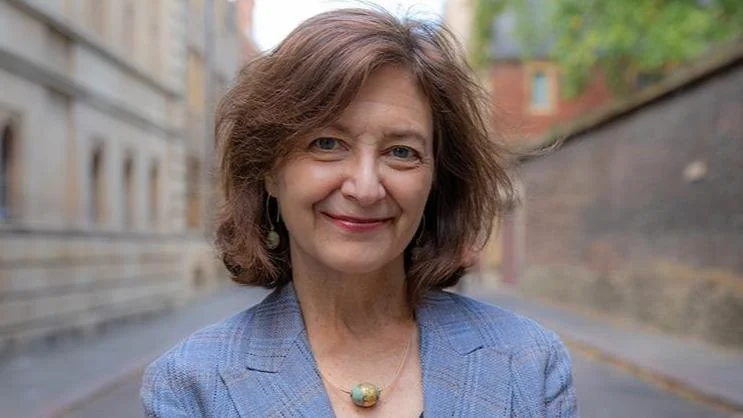The Ray Dolby Centre, the new facility for the Cavendish Laboratory at Cambridge, aims to transform physics research and education. The building is designed to foster creativity and collaboration, drawing inspiration from the original Cavendish Laboratory's ethos.
Professor Mete Atatüre, Head of the Cavendish Laboratory, emphasized the importance of creating an environment conducive to scientific breakthroughs. “The work that has had the greatest scientific impact on society – including huge discoveries at the Cavendish – didn’t happen just because they had the biggest building or the most expensive equipment, it happened because they created the right space for people to think outside the box, to be able to ask the right questions."
Over its 150-year history, scientists at Cavendish have made significant contributions to our understanding of physics, discovering particles like electrons and neutrons and uncovering DNA's structure. Currently, researchers are exploring quantum science and addressing global challenges such as energy crises. Thirty-one affiliates have been awarded Nobel Prizes.
Architects collaborated with scientists on designing a central 'street' in the Ray Dolby Centre to promote interaction. “We’ve designed the Centre with humans in mind – the way they operate, the way they work, the way they create curiosity in each other – to originate new ideas,” said Prof Atatüre. He noted that increased interactions would enhance collaborative efforts.
The centre will also welcome scientists from various fields beyond physics. “We’ll be answering questions from a physics perspective, but we won’t just do physics because it’s a physics building,” said Prof Atatüre.
Public access remains a priority for this facility as well. It will serve as a national hub for physics and host events that engage both industry professionals and community members in scientific exploration.
“We’re working to address society’s challenges – the energy crisis, healthcare, future technology – so of course that means involving the public," Prof Atatüre stated. The centre includes spaces where visitors can attend events and lectures presented by Cambridge scientists.
Designed by Jestico + Whiles with construction by Bouygues UK alongside partners NBBJ and BDP, this five-floor 32,900m² space features state-of-the-art facilities supporting cutting-edge research while retaining traditional elements like blackboards for teaching purposes.
Prof Atatüre explained their inclusion: “We made sure of it...there’s always a blackboard because we want a lecturer to be able to pick up a piece of chalk...It’s part of Cavendish teaching.”

